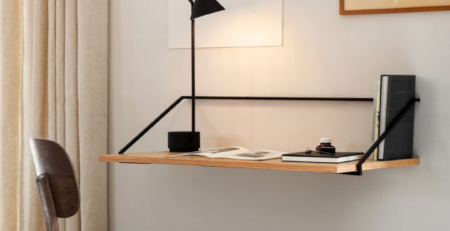How to Successfully Add an Addition to Your Home that Won’t Break the Bank
Adding an addition to your home is an exciting project that can improve your living space and increase your property value. However, it’s essential to approach the project with a clear plan and realistic budget to avoid overspending and delays. With careful planning, execution, and the right team, you can add an addition to your home without breaking the bank. In this article, we’ll discuss the do’s and don’ts of adding an addition to your home and how to stay on task and budget. By following these tips and tricks, you can successfully add an addition to your home and enjoy the benefits of a larger living space.
Do: Set a Realistic Budget
The first and most crucial step in adding an addition to your home is to set a realistic budget. Consider all the costs associated with the project, including materials, labor, permits, and fees, and add a contingency fund to account for unexpected expenses. A detailed budget will help you stay on track and avoid overspending.
Don’t: Underestimate the Costs
Underestimating the costs of an additional project is a common mistake that can lead to overspending and delays. Be sure to include all expenses in your budget and do your research to get an accurate estimate of the project’s cost.
Hiring a professional is essential for a successful addition project. A qualified contractor, architect, or designer can help you with the planning and execution of the project and ensure that everything is up to code. They can also offer valuable advice on design and material choices that can save you money.
Don’t: Try to DIY
Attempting to DIY an additional project can result in costly mistakes and delays. Unless you have experience in construction and design, it’s best to leave the project to the professionals.
Do: Obtain Permits
Obtaining the necessary permits is a crucial step in any home addition project. Check with your local building department to see what permits are required, and be sure to obtain them before starting any work. Failure to obtain the necessary permits can result in fines, legal issues, and delays in the project.
Don’t: Skip the Permits
Skipping the permits to save time and money is a mistake that can result in significant consequences. It’s essential to follow all local regulations and obtain the necessary permits to ensure that your addition is safe and up to code.
Do: Plan Ahead
Planning ahead is crucial for a successful addition project. Consider factors such as the size and placement of the addition, the design and style, and the timeline for the project. Be sure to communicate your plans with your contractor or designer and make any necessary adjustments before starting the project.
Don’t: Rush the Planning Process
Rushing the planning process can result in mistakes and oversights that can be costly to fix. Take the time to plan the project thoroughly, and make sure that everyone involved is on the same page before starting any work.
Staying on Task and Budget Staying on task and budget is essential for a successful addition project. Here are some tips for staying on track:
- Create a detailed schedule and budget and track your progress regularly.
- Communicate regularly with your contractor or designer and make any necessary adjustments to the schedule or budget.
- Use high-quality materials that are durable and long-lasting to avoid costly repairs or replacements down the line.
- Keep the design simple and practical to avoid unnecessary expenses.
- Don’t make any changes to the project without consulting your contractor or designer first.
In conclusion, adding an addition to your home is a significant investment that requires careful planning and execution. By following these do’s and don’ts and tips for staying on task and budget, you can ensure a successful and stress-free addition project. Remember to hire a virtual consultant service, obtain the necessary permits, plan ahead, and communicate regularly to ensure that everything stays on track.











